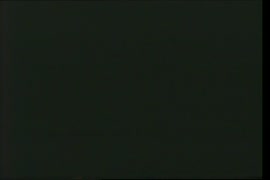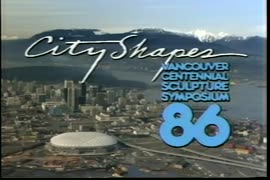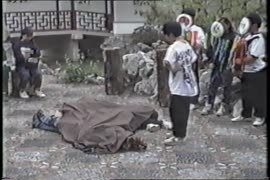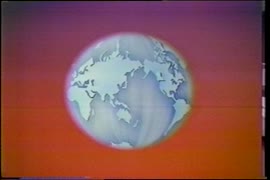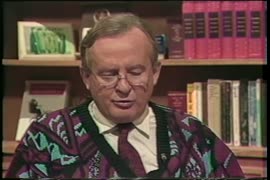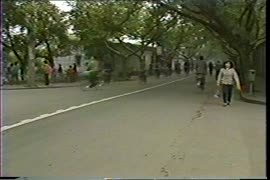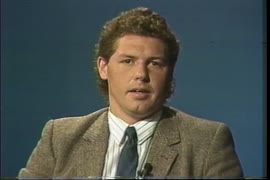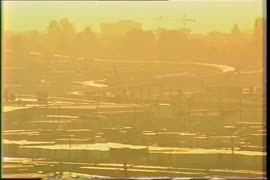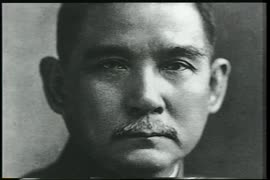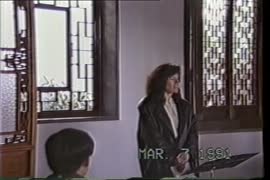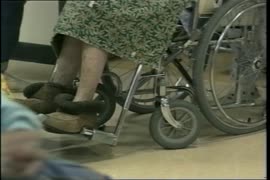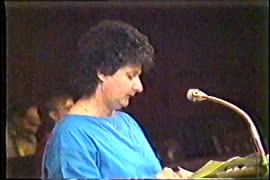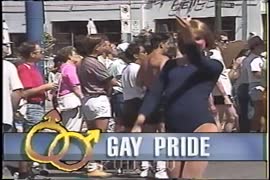Item is a videocassette containing eight episodes of Prism from 1990 to 1991. Prism, the gay and lesbian community affairs television program, was a production of the Pride Festival Association and West End Neighbourhood Television.
(00:00:00 – 00:29:15)
The June 1990 episode opens with footage from above the Lion’s Gate Bridge. The episode is hosted by Malcolm Crane and he interviews Gary Penny and Vince Mannis from Vancouver’s Pride Festival Association, as well the co-chairs of the South Florida Pride Committee Mark Canterbury and Bob Vernacky from Ft. Lauderdale. Topics discussed include Pride organizing, events, attendance, community and conferences.
(00:29:16 - 01:00:21)
The August 1990 episode focuses on the topic of HIV and AIDS, the costs and available support systems, and discrimination. The episode is hosted by Malcolm Crane and he interviews Kevin Robb (AIDS/HIV activist and lawyer), Brian Peel (Executive Director of AIDS Vancouver) and Jim McCabe (Insurance Salesman).
(01:00:22 -01:28:59)
This 1990 episode is hosted by Malcolm Crane and looks at the role of support groups in the Gay and Lesbian community in Vancouver. Crane interviews Peter Cook (Disabled Support Group) and Stan Weese (Pride Festival Association) about his use of support groups, specifically Gay Leisure Link and the Metropolitan Community Church.
(01:29:00 – 01:57:44)
This 1990 episode is focused on commerce and the power of the Gay and Lesbian dollar, and business boycotts. Robb Atkinson interviews Ken Walker and [Bet Cecil] about the protest at Joe’s Café. The second segment shows an interview by Garrett Campbell with Mary Brookes of the Vancouver Gay and Lesbian Centre. In the third segment David Berton interviews David Moorhouse, C.A. with the Greater Vancouver Business Association.
(01:57:45 – 02:24:38)
The November 1990 episode is hosted by Kathee Muzin and Malcolm Crane, and contains four segments. The first segment is an interview by Malcolm Crane with James Trenholme about police/gay relations. The second segment is a public service announcement by Karen Tulchinsky about International Lesbian Week. The third segment is about the idea of chosen family where Karen Tulchinsky, Mary Brookes and Mickey McCaffery are interviewed by Kathee Muzin. The episode concludes with a special program on sports by Garrett Campbell and includes interviews with Chris McPherson (English Bay Water Polo Club), Rob Radke (Vancouver’s Frontrunners), Helen Ward (Gay Volleyball Association), Janel Snell (English Bay Swim Club) and Larry Grieg (English Bay Soft Tip Dart League).
(02:24:39 – 02:52:44)
The December 1990 episode contains five segments centred around the theme of honoring the families of lesbians and gay men. The episode begins with a winter solstice message by Pat Hogan. The second segment is an interview with Gertrude and Stan Stevens (Parents and Friends of Gays and Lesbians) by Robb Atkinson. The third segment is a Christmas message from Prism by Wally Hargrave (Pastor, Metropolitan Community Church). In the fourth segment Kathee Muzin interviews terry Miles and John Crawford about parenting as gay men. The episode concludes with a special report by Garrett Campbell on gay and lesbian activities post Celebration 90’ and includes interviews with Willi Zwozdesky (Vancouver Men’s Chorus), Leik Towler (Squares Across the Border), Tom Graff (Vancouver’s Rainbow Marching Band) and David Reid (Lesbian and Gay Choir of Vancouver).
(02:52:45 – 03:22:06)
This 1991 episode is hosted by Kathee Muzin and Robb Atkinson and contains six segments. The first is an interview by Robb Atkinson with Floyd Sinclair and David [Uotmo] about social environments, sexuality and gay networks since the 1950’s. In the second segment is an interview with Earle Ingram (Prime Timers) by Kathee Muzin on being a single and mature gay man. In the next segment Floyd Sinclair and David [Uotmo] discuss coming out and gay life in the 90’s. Kathee Muzin interviews Elyssa Lay (Gazebo Connection Singles Group) in the fourth segment. A new film review segment is launched featuring Gerry Kowalenko, where he reviews the film “Longtime Companions”. The episode concludes with a Betty’s Cable Clip from the BLT Theatre Company showing “Preacher’s Anonymous”.
(03:22:07 – 03:51:29)
The April 1991 episode is hosted by Alan Segal and Robb Atkinson and opens with an interview with David Allison (Rainbow Garden Club) by Atkinson. Atkinson then interviews Tony Dukes (Executive Coordinator, Lesbian and Gay Youth Group). The third segment shows Alan Segal and Wayne Robert visiting the Gay and Lesbian Youth Group and interviewing members. The fourth segment is a film review of “Desert Hearts” by Gerry Kowalenko. The episode concludes with street interviews about government subsidies of HIV/AIDS treatments.
The technical director for all episodes is Gordon Inglis. The executive producer is Malcolm Crane. Prism Crew members include: Karen Bitz, Garrett Campbell, Joe Crowell, Eric Dunning, Tony Lindala, Sue McNaughton, Keith Paquette, Wayne Robert and Glynnis Waters.
The content concludes at 03:51:30

![Vancouver City Council [regular meeting] : Apr. 30, 2002](/uploads/r/null/2/2/9/229052e366b2330c71fc983d5873df0486f3ce71f1bcb1247e436e920349fbeb/5f62fbec-f95b-45d5-b986-c5431b4f11ac-2023-040.17_142.jpg)
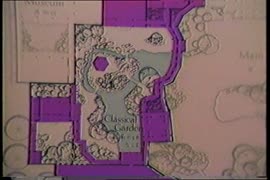
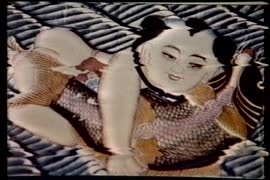
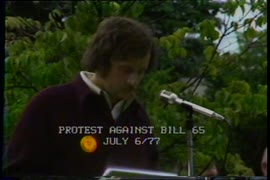
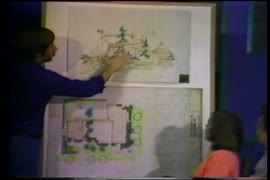
![Neighbourhood Improvement Program (part two [B]) schools and people](/uploads/r/null/9/0/c/90c5b4ba2c3dbe8efcd2eb98302db72e91b43bbb52eafd6a8e3b82aea195633f/e6020fdb-9f29-4bed-a890-6c74551555e2-LEG181_142.jpg)
![Neighbourhood Improvement Program (part two [A]) schools and people](/uploads/r/null/5/7/2/572449ba3f0d02db9456a451607b9058c6d6b13d8a074b9ab83c3a8257b6f53b/f732f209-5643-4d15-9e65-eb4569431ffa-LEG181_142.jpg)

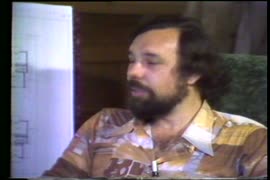





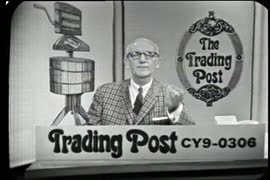

![Women and AIDS : A Human Rights Issue : Public Forum [panel]](/uploads/r/null/5/2/4/5247bb62488336bffd4c69c650279e073b62245601c64911ffb317fe92e17894/0aebc6bd-c75f-41c7-9921-60f1b3abc64a-LEG2219_142.jpg)
![Junior League of Greater Vancouver [Promotional video]](/uploads/r/null/3/b/0/3b0bb57bff29be531b42f464e19e76b15f8d607413c2366c571b7a3513619625/cbc6db33-81a7-467b-aea2-c1c9bc7715b9-LEG3825_8_142.jpg)
